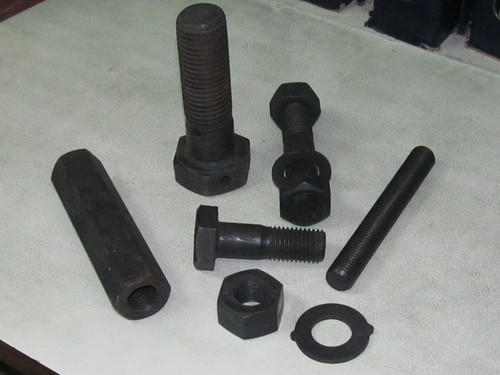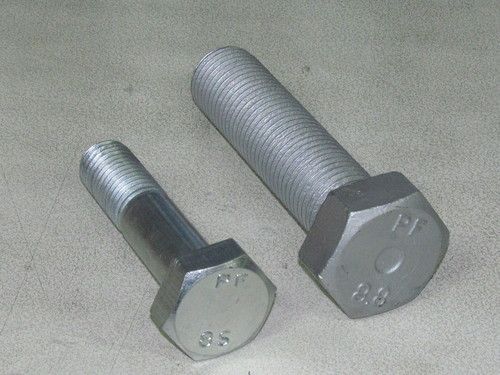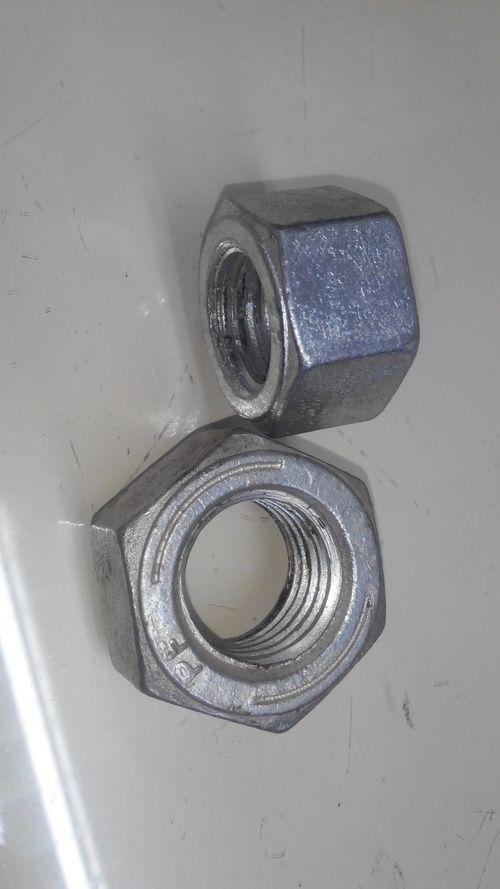
Combind Nuts and Bolts
Product Details:
- Surface Treatment Polishing
- Head Type Round
- Size Customized
- Color Black
- Usage Industrial
- Click to View more
X
Combind Nuts and Bolts Price And Quantity
- 100 Piece
Combind Nuts and Bolts Product Specifications
- Round
- Industrial
- Black
- Polishing
- Customized
Product Description
Combining Nuts & Bolts is an essential process in construction and engineering, where nuts and bolts are used to securely fasten and join various components together. This FAQ provides answers to commonly asked questions about combining nuts and bolts, including their types, sizes, techniques, and applications.
FAQ:
Q: What are nuts and bolts?
A: Nuts and bolts are fasteners used to join or secure two or more objects together. Bolts are threaded cylindrical rods with a head, while nuts are internally threaded components that screw onto bolts.
Q: What are the different types of nuts and bolts?
A: There are various types of nuts, including hex nuts (most common), wing nuts, lock nuts, and square nuts. Bolts come in different types as well, such as hex bolts, carriage bolts, machine bolts, and lag bolts.
Q: How do I determine the right nut and bolt size?
A: Nut and bolt sizes are determined by their diameter, thread pitch, and length. The size is usually indicated by a standard measurement system, such as metric (millimeters) or imperial (inches). Consult a sizing chart or consult with a hardware professional to find the correct size.
Q: What techniques are used to combine nuts and bolts?
A: The most common technique is threading the bolt through the components, then tightening the nut onto the threaded end. This can be done manually with a wrench or by using power tools like an impact wrench or ratchet.
Q: How tight should I fasten nuts and bolts?
A: Nuts and bolts should be tightened to the appropriate torque specification. Over-tightening can damage the components, while under-tightening may result in loose connections. Follow manufacturer guidelines or consult an engineer for the recommended torque values.
Tell us about your requirement

Price:
Quantity
Select Unit
- 50
- 100
- 200
- 250
- 500
- 1000+
Additional detail
Mobile number
Email








